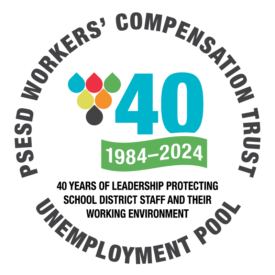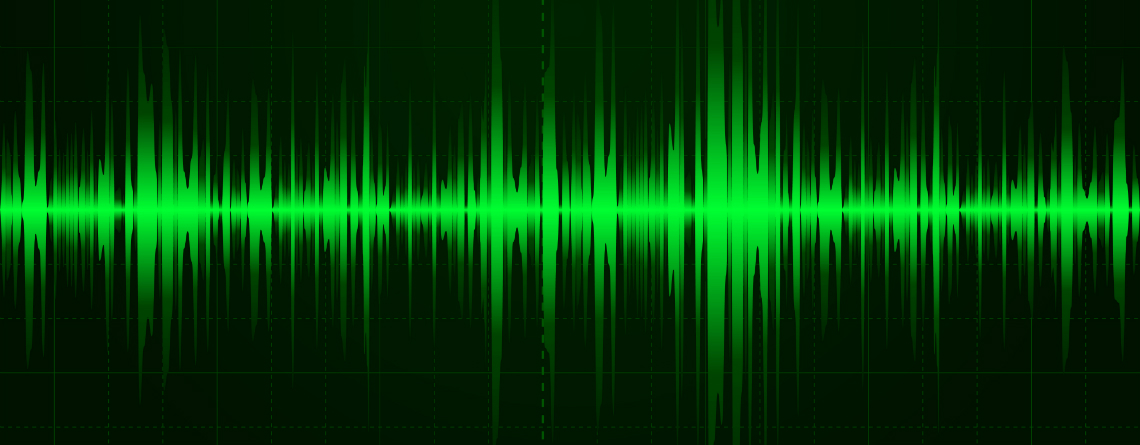Carbon Monoxide in Schools
Most of us are aware of the potential dangers of carbon monoxide and have at least one carbon monoxide (CO) sensor in our homes, but haven’t given much thought to potential carbon monoxide sources and exposure in schools. However, this is an important subject to address, since every year there are several school incidents where multiple people are transported to the hospital and treated for exposure to carbon monoxide. Unless a school building is exclusively run on electric energy, there are multiple potential carbon monoxide exposure sources. In 2016, Washington’s newly adopted building codes went into effect over the summer requiring carbon monoxide detectors be installed in educational facilities under certain circumstances.
What is carbon monoxide?
It is a colorless, odorless, tasteless gas that does not irritate the membranes of the nose, eyes, or throat, so dangerous emission levels may not be noticed by building occupants. It is hazardous through inhalation and, depending on the exposure level, may cause a broad range of symptoms from mild headache to severe poisoning, even death. Sometimes people think that they can “smell” carbon monoxide. In fact, what they are actually smelling is the combustion (burning) byproducts that can be associated or mixed with carbon monoxide. For example, when a gas-powered leaf blower is used, it emits a strong byproduct odor. So while people cannot directly smell carbon monoxide, a “burning” or “exhaust-type” smell can be a fair warning that there is a problem that needs to be addressed quickly. A whiff of burning smell likely will not cause harm, but should always be reported as a sign of possible malfunction.
Is it really a killer?
Carbon monoxide is relatively harmless in small doses, but can be fatal at high levels. As with most hazardous chemicals, the health effects depend on the dose – in this case, the amount of carbon monoxide in the air we inhale and the length of time we are exposed to it.
The following table lists the likely symptoms associated with increasing exposure. Symptoms and health effects are not only influenced by the dose or concentration, but also by the personal health history of the people exposed.
Sources of Carbon Monoxide
Carbon monoxide is seldom at a level of zero because there are both outdoor and indoor sources that produce a low “background” level, which is considered normal or safe. The Environmental Protection Agency’s (EPA) National Ambient Air Quality Standards set the acceptable outdoor carbon monoxide level at 9 ppm for 8 hours – a number not to be exceeded more than once a year. However, out-of-control wildfires can increase outdoor levels above this limit.
Typical outdoor sources of carbon monoxide include fuel combustion in residential housing, businesses, industry, and utilities, as well as mobile sources such as cars, trucks, buses, and off-road equipment such as marine engines and construction equipment. In a completely electrical building, absent any burning, the only significant sources of carbon monoxide come from outdoors, most notably, vehicles idling close to building air intakes or in the docks. The indoor Permissible Exposure Limit (PEL) set for employees by Washington State State Labor and Industries (L & I) is 35 ppm.
The following are some potential sources of carbon monoxide in schools:
- Gas heating systems such as building heaters, water heaters, stoves, and ovens.
- Gas powered dryers.
- Leaking and back-drafting furnaces.
- Gas-powered generators.
- Gas burners used in science labs.
External sources of carbon monoxide include:
- Proximity to high traffic areas, including exhaust from automobiles, buses, lawn movers if they are operated too close to the building or operated or left idling indoors.
- Equipment with small gasoline engines, such as gas leaf blowers, pressure washers, concrete cutters, water pumps, compressors and generators, propane-powered floor polishers, and lift trucks – outdoor use of any of this equipment is not usually hazardous but in buildings or enclosed spaces, carbon monoxide can quickly build up to dangerous amounts.
Prevention and Recommendations
There are steps your district can take to prevent dangerous carbon monoxide emissions from occurring, and also to identify and address any issues that do arise.
- Map your district’s buildings to identify the presence of any equipment or situation that has the potential of producing carbon monoxide.
- Operate all equipment in accordance to manufacturers’ recommendations.
- Schedule regular inspections and preventive maintenance of all fuel burning equipment.
- Prohibit vehicles from idling close to school buildings or in garages.
- Ensure that fuel-powered outdoor equipment is not used close to the building’s exhaust system.
- Equip the maintenance department with good quality carbon monoxide sensors.
- Install carbon monoxide detection as required by the new state law amendment and also close to fuel burning equipment. Follow legal guidance and manufacturer’s recommendations for selection, installation, and maintenance.
- Immediately report burning or exhaust type smells as well as gas smells. School maintenance, the gas company, or the fire department need to check out the situation at once. Go outside and get fresh air immediately.
Note: most fuel burning appliances can emit a small amount of gas (gas burp) or burning products, including minute amounts of carbon monoxide upon start-up. A whiff of smell is not the same as significant exposure.
Detection
There are many standards and regulations about carbon monoxide detection, which differ from state to state, and can also be different for industrial, commercial, school, or home environments. The building codes went into effect in Washington State on July 1, 2016 requiring carbon monoxide alarms in education facilities (E occupancies) under certain defined circumstances.
Additional guidance on CO sensors is available from a variety of sources:
- The National Fire Protection Association (NFPA 720) has general guidance on the installation and maintenance of alarms without specific recommendations for types and detection levels.
- The American National Standard Institute (ANSI) provides voluntary consensus standards in regards to the performance and durability of detectors and alarms.
- Consumer Reports tested many CO sensor models and rate them on a scale of 0-100, but their data is more relevant to homes/dwelling units.
Required Training
Washington State Labor and Industries requirements state: “employers must provide training to workers so they understand what carbon monoxide is, how it affects their health and safety, and how hazardous exposure can be prevented.” This means that districts need to provide appropriate hazard communication on carbon monoxide issues wherever the situation warrants.
Resources
EPA: Carbon Monoxide’s Impact on Indoor Air Quality
CDC: Carbon Monoxide FAQ
WA DOH: Carbon Monoxide
WA L&I: Sources of Carbon Monoxide in the Workplace
WA Legislature: WAC 51-50-0915.2.3 Carbon Monoxide Detection




